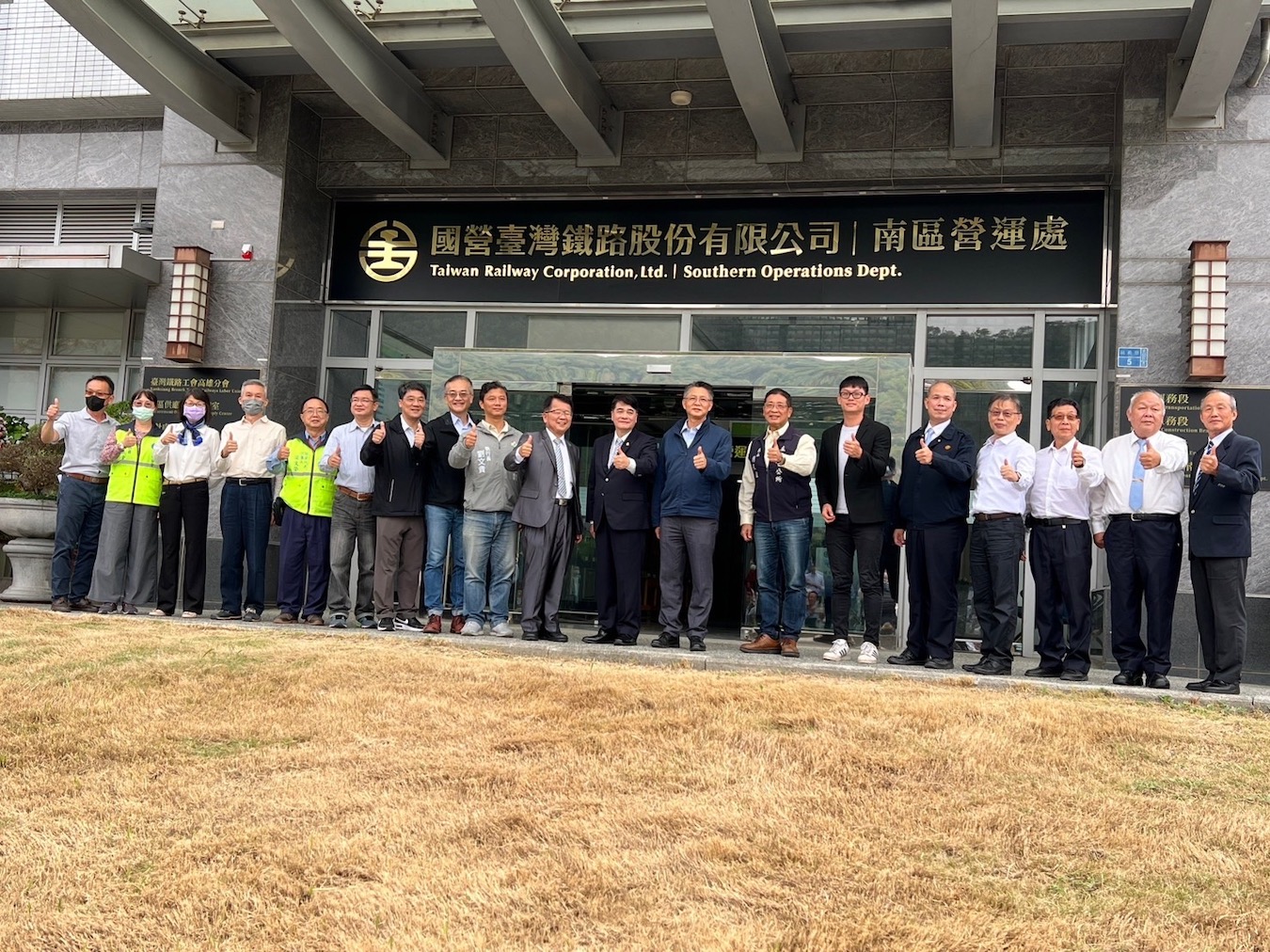by Brian Hioe
語言:
English
Photo Credit: 國營臺灣鐵路股份有限公司/Facebook
THE CORPORATIZATION OF the Taiwan Railways Administration (TRA), changing it from an agency of government into the state-owned enterprise of the Taiwan Railways Corporation, puts an end to a long-run labor struggle by TRA workers. The struggle went on for many years, but the inability of TRA workers to stop the corporatization of the TRA reflects the weakness, in many ways, of Taiwanese labor.
The Ministry of Transportation and Communications justified the transition on the auspices of safety. This cited the deadly 2021 rail crash that involved a Taroko express train crashing into a truck that slid into the path of a tunnel.
49 were killed and 213 injured in what was Taiwan’s deadliest rail crash in history, surpassed only by a 1948 fire. It was later found that the contractor had won the tender for the construction despite a repeated history of violations and was working despite that there should have been no work going on that day, seeing as it was a public holiday that would see increased rail traffic.
After the crash, the MOTC claimed that the corporatization of the TRA would add to the safety of railways in Taiwan. Precedents such as the corporatization of the Japan Railways were pointed to as positive examples.
Concerns from workers were, however, that this would worsen conditions for them in that they would lose the benefits they enjoy as public servants. Workers suggested that poorer working conditions would add to rather than alleviate safety concerns.
Oftentimes, workers would point to a decline in the number of TRA workers despite increasing riders as worsening such dangers. The TRA cut workers by close to half from 22,500 to 12,500 between the 1970s and 2000s, even as the number of riders increased for the Taiwan Railways as a whole.
 Photo credit: 國營臺灣鐵路股份有限公司/Facebook
Photo credit: 國營臺灣鐵路股份有限公司/Facebook
The corporatization of the TRA was sometimes framed as a de facto form of privatization. Otherwise, one notes labor contentions in Taiwanese state-owned enterprises that were formerly government agencies but were corporatized to this day.
A prominent example is the Chunghwa Post, in which labor contentions result from the “two-track system” that emerged between workers hired before and after corporatization. Yet for its part, the MOTC claims that workers will retain their benefits, and has denied reports of 1,100 workers retiring early because of concerns, stating that 1,100 staff were trained starting last year to return them.
A significant concern for the government was likely TRA’s lack of profitability and growing debt, seeing as this amounts to more than 170 billion NT. The government currently claims that the TRA will be profitable by 2026, though workers expressed hesitation about such plans, citing that the TRA made more money from other revenue sources. A new fund will be set up to handle the TRA’s debt, which will allow the newly formed TRC to become profitable more quickly.
Yet one notes the significant labor unrest that the corporatization of the TRA led to–and that this was insufficient to prevent this from taking place. A strike on International Workers’ Day in 2022, involving 12,000 of 16,000 TRA workers, including 1,300 train drivers, reveals the degree to which workers oppose the corporatization of the TRA. A subsequent strike that was originally planned for the Dragon Boat Holiday before being called off involved 1,348 of 1,400 train drivers.
There was a wave of labor activity in the transportation industry after the historic 2016 China Airlines flight attendant strike, which was the first strike in Taiwan’s airline industry. Strikes and other forms of labor activity tried to pressure the government’s investment or close ties with the transportation industry, to pressure the central government to intervene against management. But in the years since then, the public has increasingly taken a harder line against transportation industry strikes that disrupt everyday life, and managements have successfully leveraged that against unions. Actions by managements against labor organizers included anything from red-baiting union leaders to even accusing them of appearing in pornographic online videos. However, it may be time for new tactics to be considered in such organizing, even if strikes that involve the majority of workers are unsuccessful.

